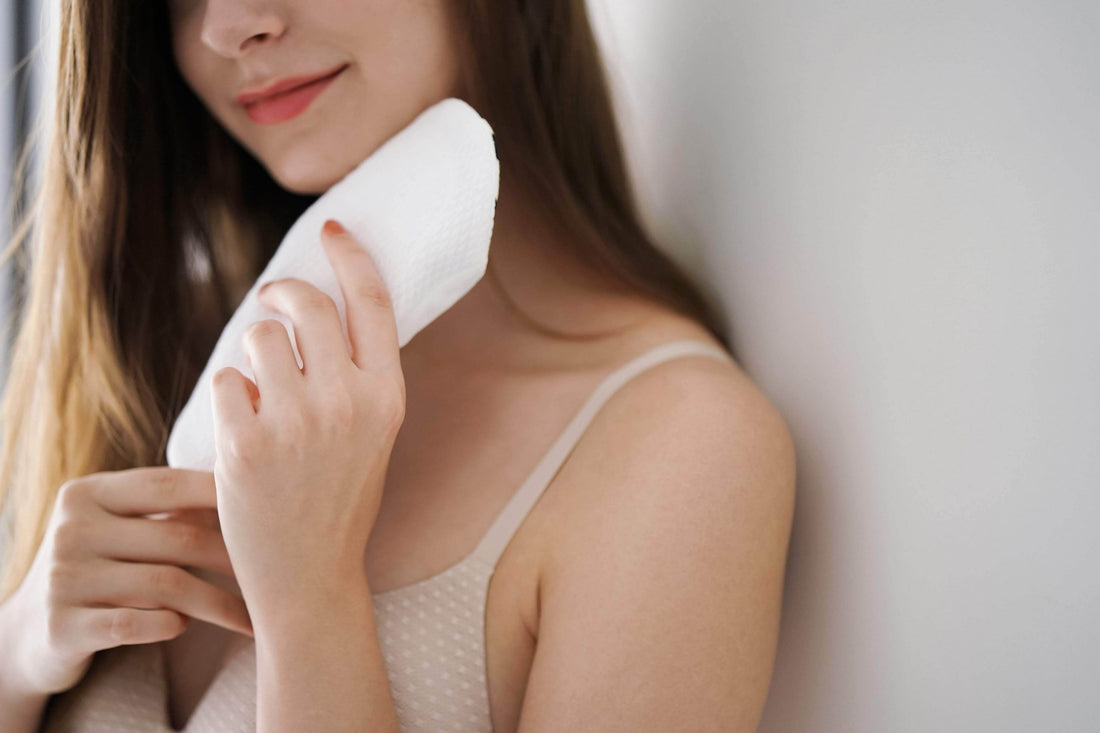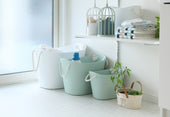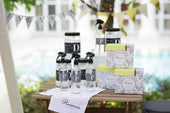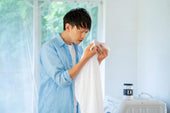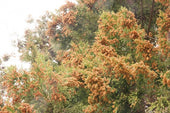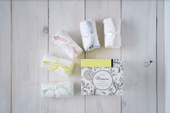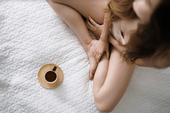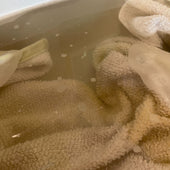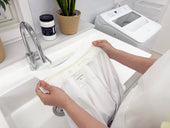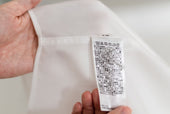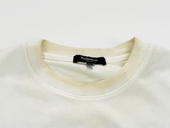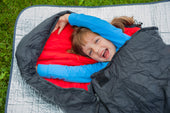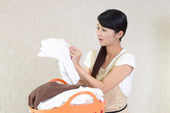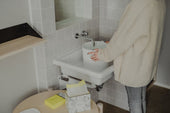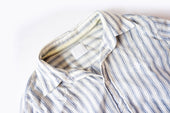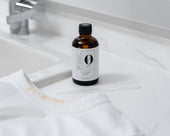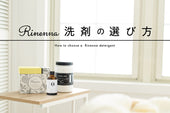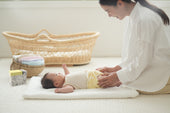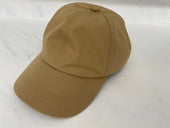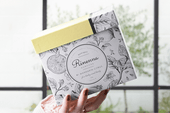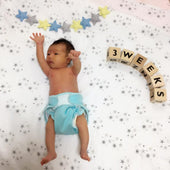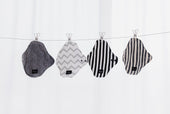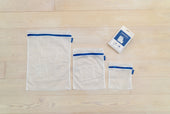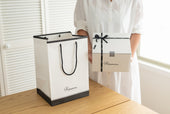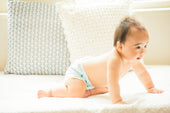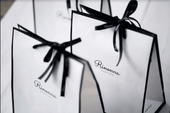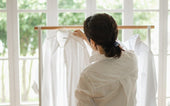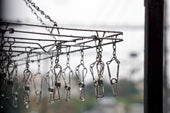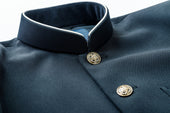How to care for bra tops and nursing bras to make them last longer
A bra top, also known as an innerwear with a cup or an innerwear with a cup, is an innerwear that has a built-in cup or pad inside a tank top or camisole to serve as a bra. Since you don't need to wear a bra underneath, you don't have to worry about the shoulder straps sticking out or your underwear showing through, so you can wear it neatly even when wearing light clothing in the summer. Rie Hirashima, a mother of four and a laundry expert, will explain in detail how to care for such a convenient bra top.How to wash your bra top correctly
Basically, it can be washed in the same way as T-shirts and tank tops, and can be washed in the standard cycle of the washing machine. However, in order to prevent the cup from losing its shape, it is important to always fold it in a laundry bag before placing it in the laundry bag . When putting it in the laundry net, please fold it neatly inside. In addition, you can further reduce damage caused by washing by washing in the stylish clothes cycle.Click here for the basics of washing using a washing machine
How to dry a bra top
To prevent the strap from stretching due to the weight of the moisture-containing fabric, especially for types with elastic straps, fold the strap in half under the cup and hang it on a clothesline or the handle of a hanger to keep it in a nice shape. Masu.How to wash a nursing bra
Basically, it's the same procedure as the bra top mentioned above. However, nursing bras tend to get dirty with breast milk, baby drool, and vomit. These stains are difficult to remove with regular washing, and even if you think the stains have been removed temporarily, over time they can accumulate and cause stains and odors. Here, we would like to introduce you to the soaking method using our product "Rinenna #1".How to wash nursing bras and bra tops using Rinenna #1

Things to prepare
- Rinenna#1
- bucket or sink
- rubber gloves
Fill a bucket with hot water and make a cleaning solution for nursing bras and bra tops.
Pour 40℃ hot water into a bucket, add Rinenna #1 and dissolve it well. What we recommend here is "RINENNA Pro 0 #ZERO 30g". This is also effective for washing fashionable clothes, so we recommend adding one drop to your washing liquid to help remove stains even better.
What we recommend here is "RINENNA Pro 0 #ZERO 30g". This is also effective for washing fashionable clothes, so we recommend adding one drop to your washing liquid to help remove stains even better.
Put the nursing bra/bra top in the cleaning solution and gently shake it.
If you have removable pads from your bra, remove them in advance and put them on separately. If you wash the pad with it on, detergent may remain on the pad and it will be difficult to dry. Also, be sure to fasten any metal fittings such as hooks, as they may get caught on lace or fabric. Do not rub or knead as this will damage the fabric .Rinse thoroughly so that no detergent remains
Instead of rinsing with running water, collect water in a bucket and gently shake it to rinse. If detergent remains at this time, it may cause discoloration or rough skin, so be sure to rinse thoroughly until there are no more bubbles.Wrap the nursing bra/bra top in a towel and dry it.
 Roll up a towel and put it in the cups on both sides of the nursing bra, adjust the shape, then wrap it in another towel and press it lightly to drain the water. By adding a towel, the cup will not lose its shape and will maintain its beautiful shape. If you use a dryer at this point, the wire will lose its shape and the fabric will be damaged, so be careful. Wrap the pad in a towel and dry it as well. Do not wring the nursing bra or pads as this will cause them to lose their shape. Gently adjust the shape and dry with a towel. Nursing bras can be washed in a washing machine, but you can make them last longer by using a laundry net made specifically for bras and washing them by hand or dry. By washing your bras in a special laundry net, you can prevent decorations from rubbing against the fabric of other clothing that was not placed in the net, and prevent hooks and decorations from damaging the fabric of other clothing. This is recommended when washing in a washing machine.
Roll up a towel and put it in the cups on both sides of the nursing bra, adjust the shape, then wrap it in another towel and press it lightly to drain the water. By adding a towel, the cup will not lose its shape and will maintain its beautiful shape. If you use a dryer at this point, the wire will lose its shape and the fabric will be damaged, so be careful. Wrap the pad in a towel and dry it as well. Do not wring the nursing bra or pads as this will cause them to lose their shape. Gently adjust the shape and dry with a towel. Nursing bras can be washed in a washing machine, but you can make them last longer by using a laundry net made specifically for bras and washing them by hand or dry. By washing your bras in a special laundry net, you can prevent decorations from rubbing against the fabric of other clothing that was not placed in the net, and prevent hooks and decorations from damaging the fabric of other clothing. This is recommended when washing in a washing machine.
How to dry a nursing bra
Drying your clothes in a well-ventilated place immediately after washing will prevent mold and odors.Pinch the sides together and dry in the shade.
 All you need is a skirt hanger or a pinch hanger.
All you need is a skirt hanger or a pinch hanger.  Turn the nursing bra upside down and pinch the armpits together to dry. At this time, be careful not to pinch the wire part. We also recommend drying it in the shade, away from direct sunlight. By drying your bra in the shade, you can prevent the color of your bra from fading and improve its odor-preventing effect. If you have a pad, place it in a well-ventilated laundry net with a coarse mesh and dry it in the shade. This way, you can dry your nursing bra or pad without losing its shape or damaging the fabric. Allow the pad to dry completely before putting it back into the nursing bra.
Turn the nursing bra upside down and pinch the armpits together to dry. At this time, be careful not to pinch the wire part. We also recommend drying it in the shade, away from direct sunlight. By drying your bra in the shade, you can prevent the color of your bra from fading and improve its odor-preventing effect. If you have a pad, place it in a well-ventilated laundry net with a coarse mesh and dry it in the shade. This way, you can dry your nursing bra or pad without losing its shape or damaging the fabric. Allow the pad to dry completely before putting it back into the nursing bra.
